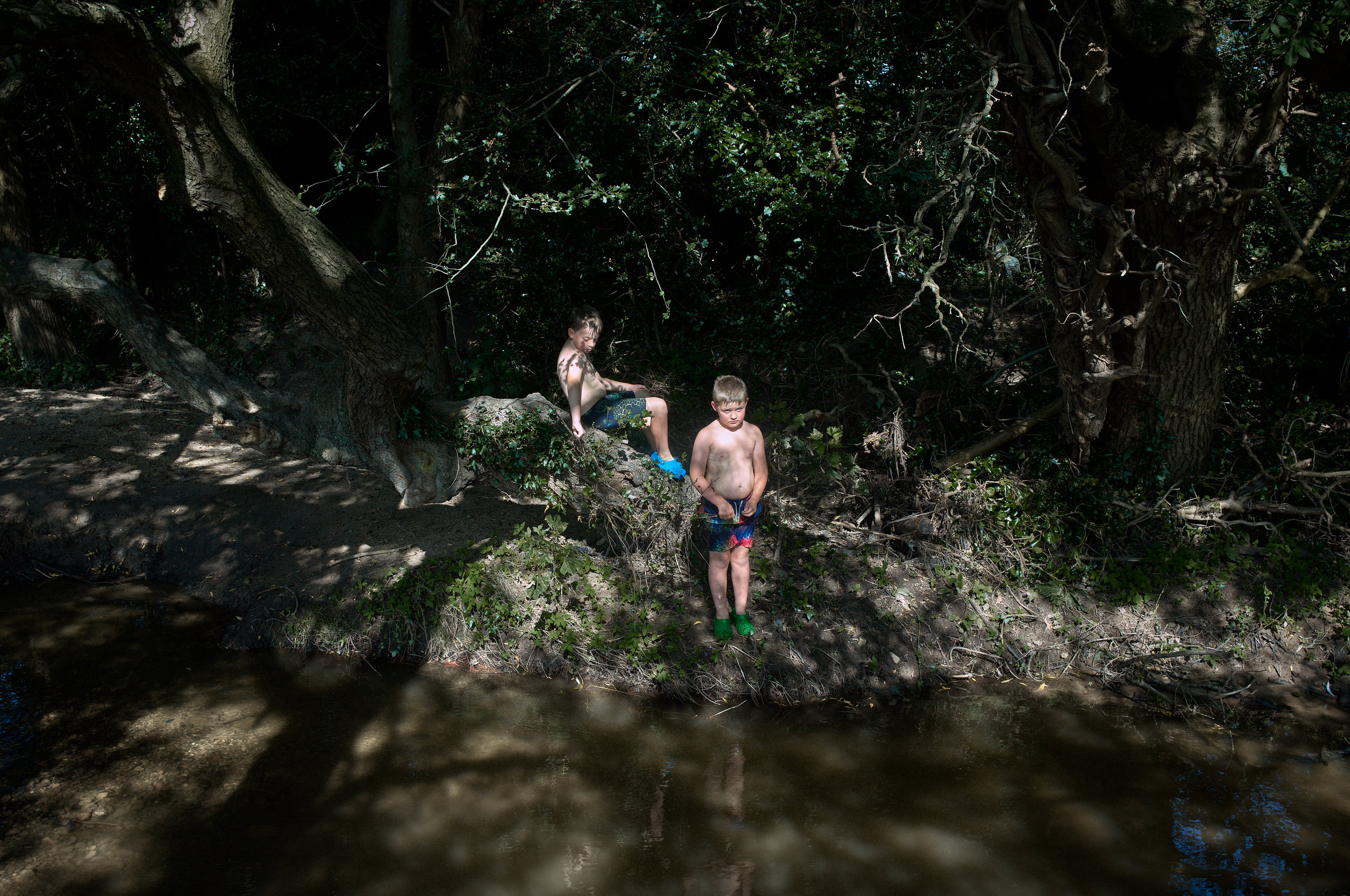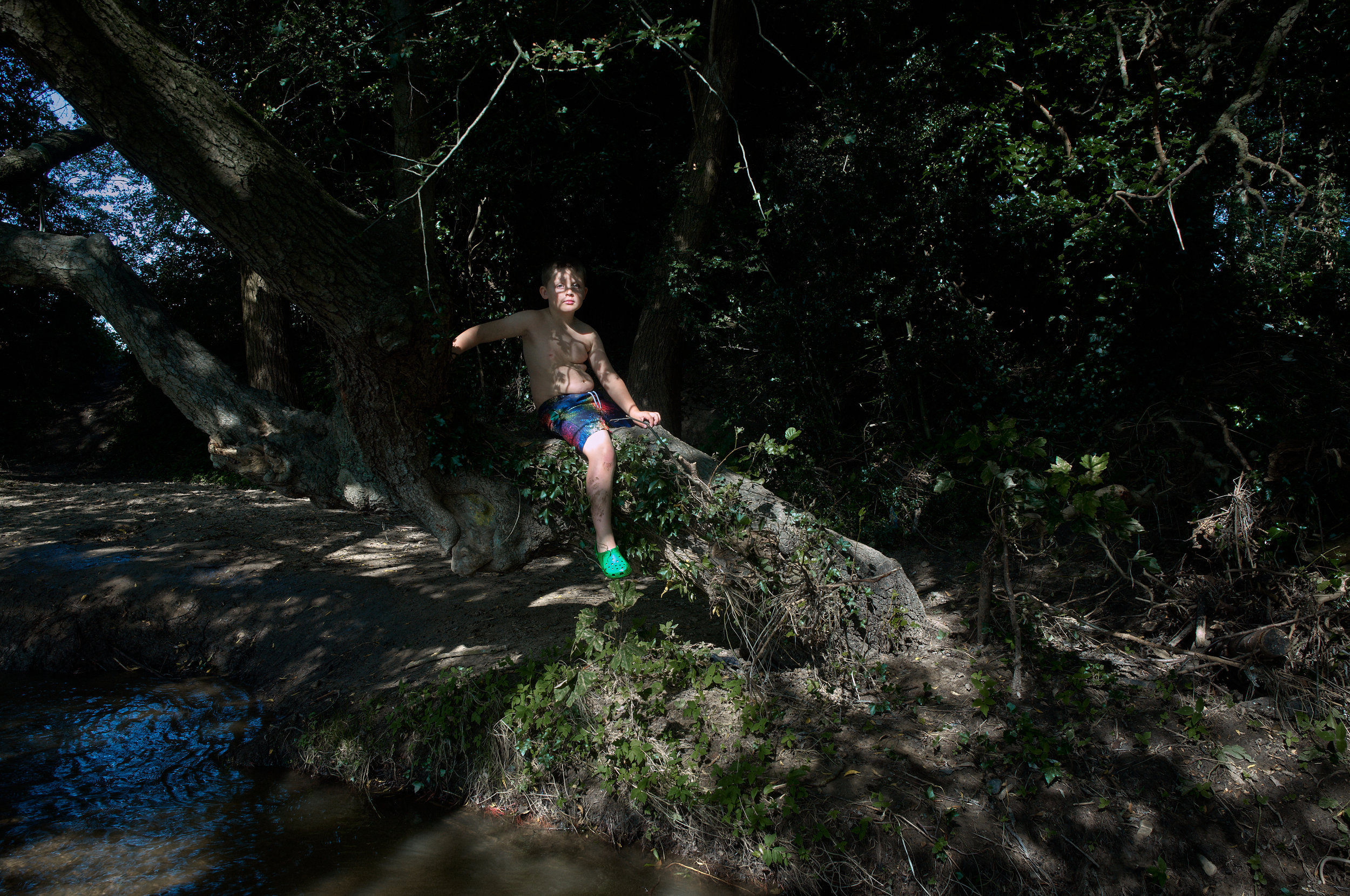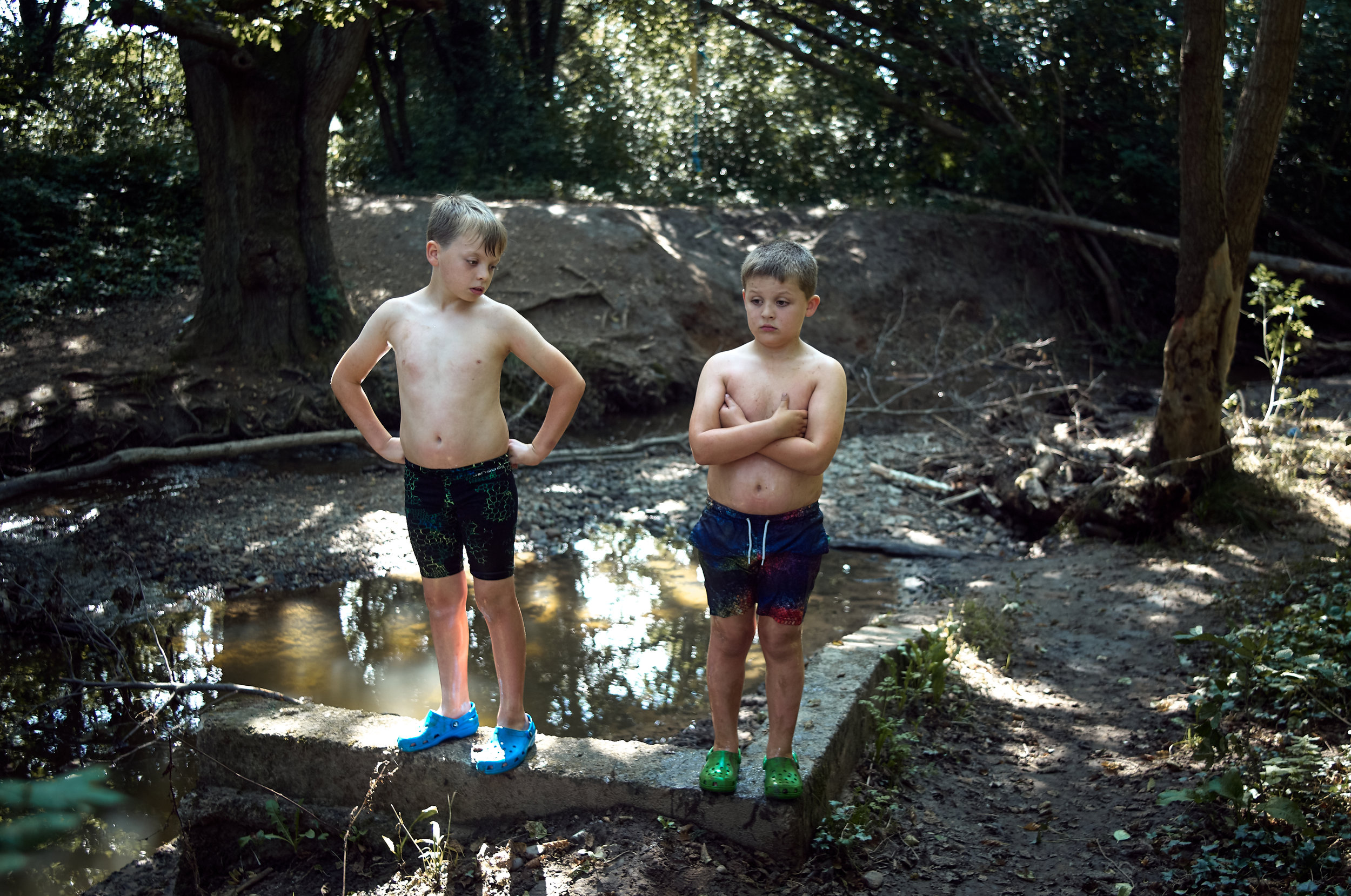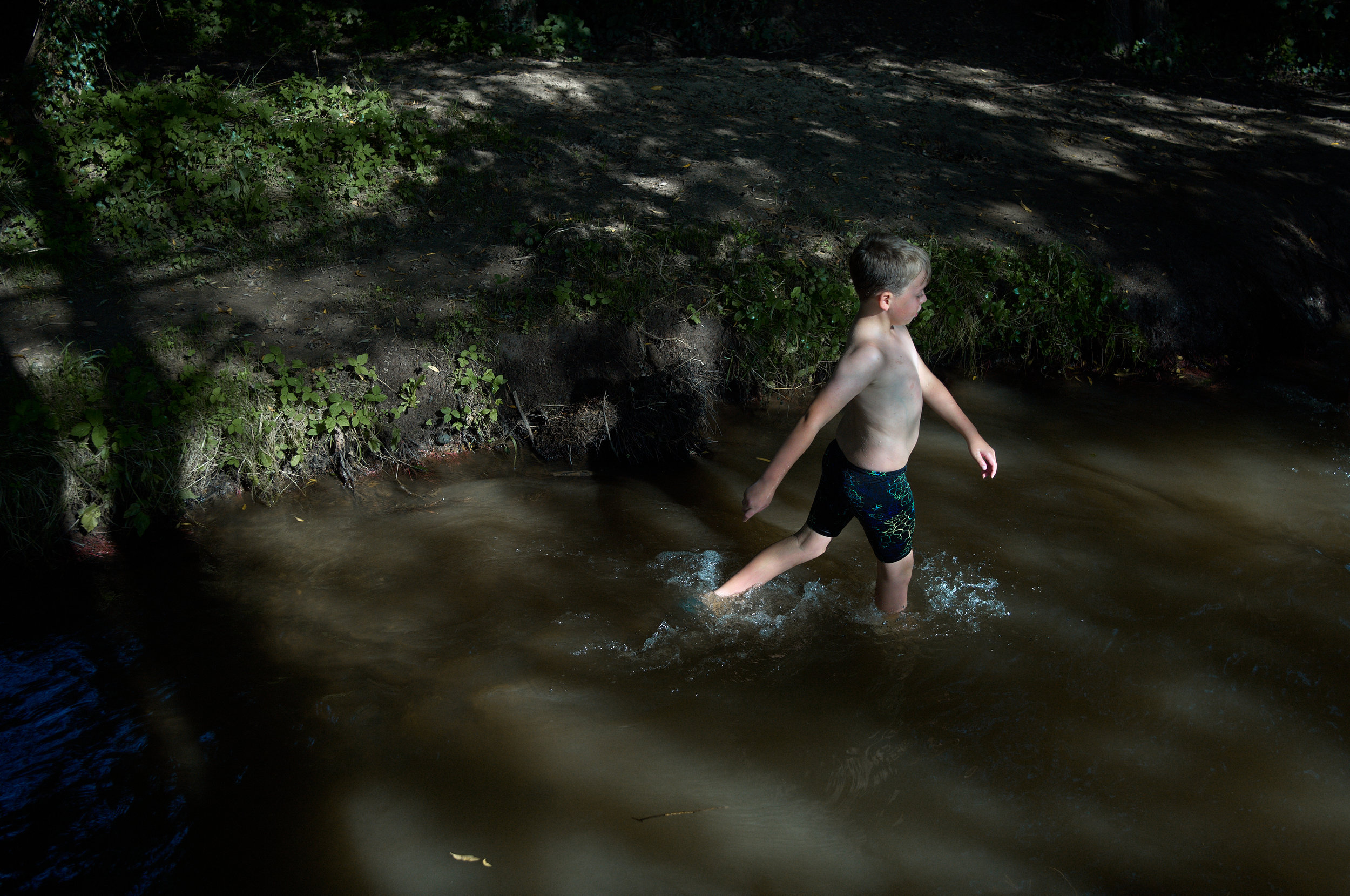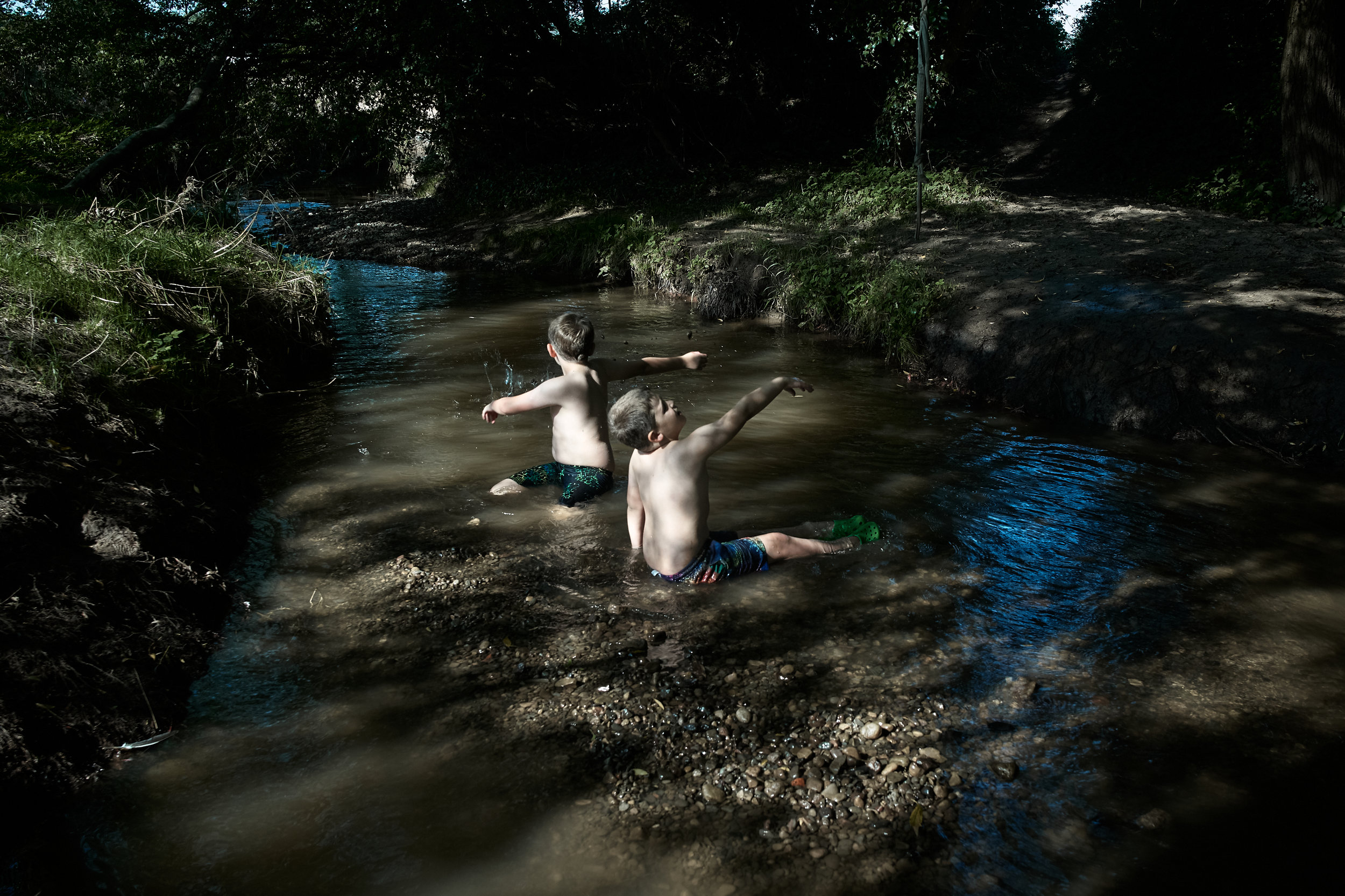There comes a point in your life where to be considered as emergent from anything other than a deep slumber might be regarded as nothing more than a mid-life fantasy. In much the same way as middle-age men delude themselves that the interests of an attractive twenty something Russian woman on Tinder is genuine rather than just a ruse designed to play on your vanity at the expense of your fortune, entering the Lens Culture ‘Emerging Talent’ awards was one part hope, nine parts vanity and a dash of mid-life crisis thrown in for good measure.
The Lens Culture Awards are however a little different to most competitions, which are, as we know, just for horses. As part of your entry fee you also get a written review of your submission. I’ve no idea who they get to do this, they are always anonymous (because they don’t want the reviewer to be subsequently pestered), but they are never impersonal. I’ve always appreciated these reviews; as someone who is entirely self taught and utterly clueless as to whether the work they are producing is any good, these reviews have felt like a candle on a dimly lit journey. I should acknowledge at this point the positive comments of family and close friends, especially those with a sophisticated and well developed aesthetic, have always been gratefully received, but still, recognition by your otherwise more temperate peers has always felt sweeter.
In one respect, it ought to be enough to simply undertake this journey with enough confidence that the relative quality of my work is unimportant, especially when the people I meet, the experiences I have had and the sense of purpose and serenity that the journey has so far afforded me have all been so positive and rewarding. However, it is hardly a coincidence that the people most likely to tell you that the opinions of others are unimportant are also the people who have already received positive affirmation for their efforts, much like the people who tell you that money is not important are also the ones most likely to have it.
So I curated my submission, drawing on the early collection of images from the ‘Here Among the Flowers’ project that seemed to be working well and had already received a positive response from many people. At that point, the work had only included male subjects and the idea that there could also be a compelling female presence in the images, whilst still being consistent with the idea of exploring the anima, had not yet been explored. The submission review came back quite quickly and was extremely positive but perhaps no more positive than other submission reviews I had had. It did however help catalyse the development of the project to include a broader range of subjects and the concept of including the unconscious, internal ideal female archetype was the product of that diversification.
I contemplated creating a second submission before the competition closed (you can enter as many times as you like, after all it’s your money!), with an updated set of images that included some of these female archetypes but decided in the end to save that for the Portrait Awards which will run in January 2020. I mused that the submission was good enough for an award I wasn’t going to win so better to keep my powder dry for something where I might stand a fighting chance.
The hit of dopamine I felt when I read the email telling me I had actually been selected but that I had to keep it a secret until the awards were officially announced, was palpable. It felt like a vindication for everything I’d been doing, as if some great hand from above had reached down and touched my very soul. Of course the effect wore off pretty quickly and I soon found myself clinging to the next rung of recognition; there were 25 photographers chosen but there were to also to be a smaller select group chosen for particular recognition, the ‘Jurors Selection’ that raised the recognition just that little bit higher. I found myself waiting for the next dopamine hit but it didn’t come. I had to settle for just being recognised as an ‘Emerging Talent Winner’; juror selection would have to wait.
If the rapid waning of excitement has told me anything it is that building your sense of validation and worth around winning competitions is a fools errand. But then I would say that wouldn’t I, now I’ve finally won something.
You can view the fabulous work of the other inspirational artists here: https://www.lensculture.com/2019-lensculture-emerging-talent-award-winners

